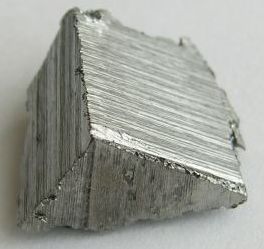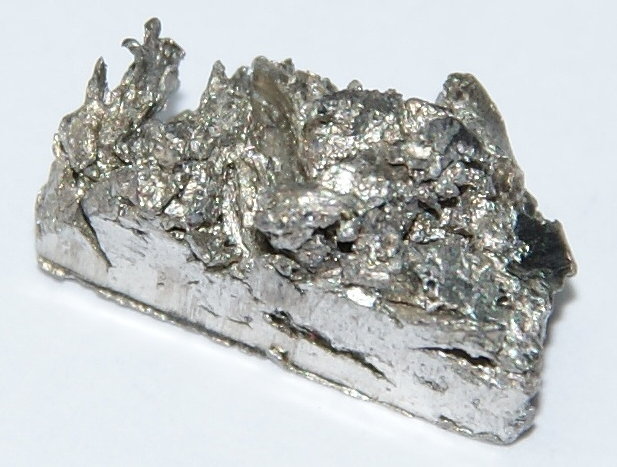 Erbium is ANOTHER element named for the town of Ytterby, Sweden. It was discovered by Carl Gustaf Mosander in 1843. It is very malleable, and is stable in the air, not oxidizing as quickly as most other rare earth elements. Sometimes, it is alloyed with the element vanadium so it becomes softer and easier to shape. While it is not a required element in the human body, there have been recent studies that show it may help with metabolism problems.
Erbium is ANOTHER element named for the town of Ytterby, Sweden. It was discovered by Carl Gustaf Mosander in 1843. It is very malleable, and is stable in the air, not oxidizing as quickly as most other rare earth elements. Sometimes, it is alloyed with the element vanadium so it becomes softer and easier to shape. While it is not a required element in the human body, there have been recent studies that show it may help with metabolism problems.Erbium is commonly used in:
- Lasers and optical amplifiers
- Optical communications and optical fibers
- Nuclear technology as a neutron absorber
- Colorant for glass and porcelain
- Sunglasses and cheap jewelry
- Adds the pink color to cubic zirconia
- Photographic filter





